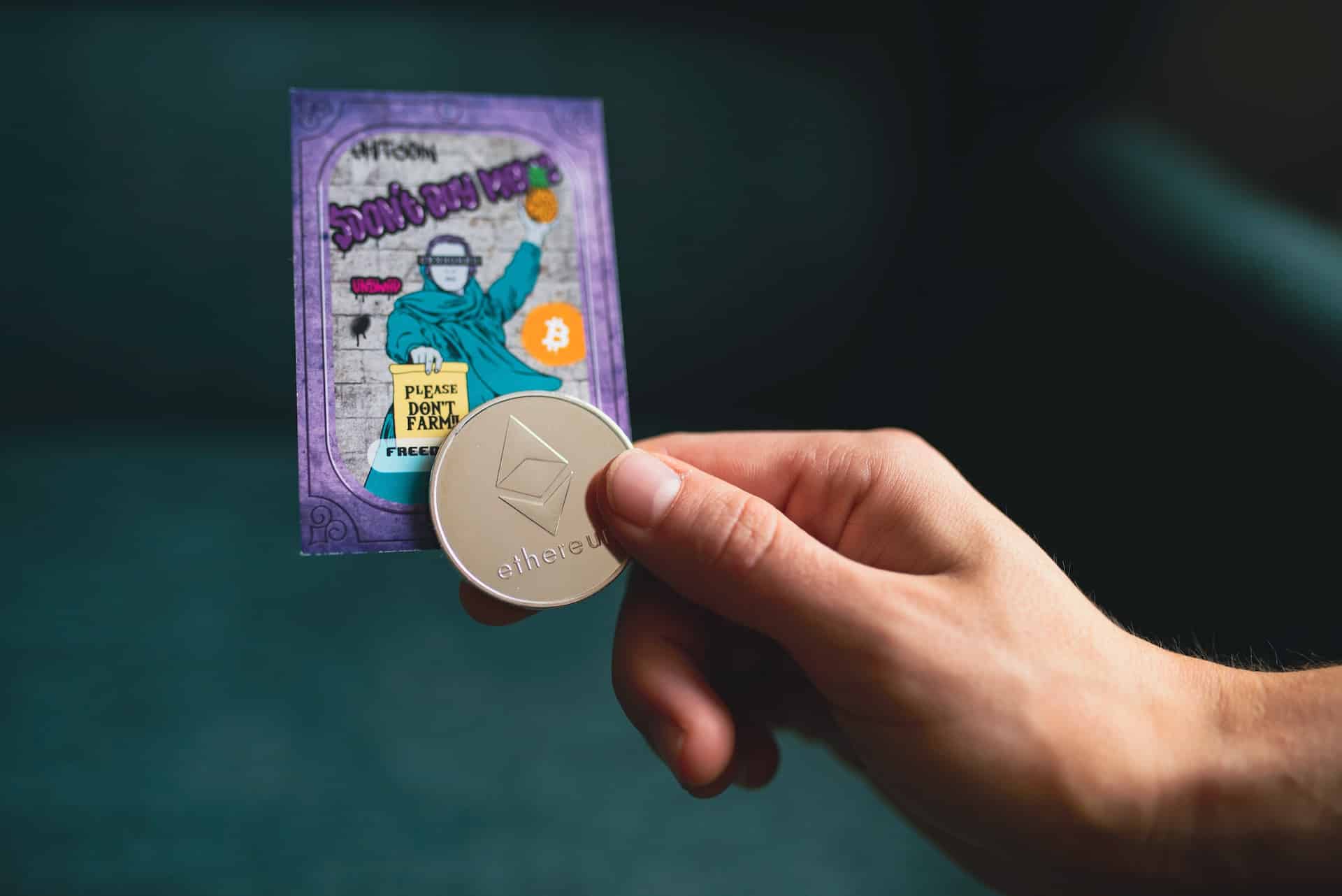The NFT industry is always evolving, seeking innovative ways to increase utility for non-fungible digital assets. NFT staking is one such innovation that enables NFT holders to earn passive income.
In this guide, you will learn what NFT staking is, how it works, and what platforms you can use to stake your NFTs.
What Is NFT Staking?
NFT staking refers to “locking up” non-fungible tokens into a protocol in exchange for financial rewards and other benefits.
By staking NFTs, NFT collectors can earn passive income from their assets without losing ownership.
To stake an NFT, you only need a web3 wallet compatible with your NFT and an NFT staking platform. However, you also need to remember that you cannot stake all NFTs. Therefore, if you’re buying an NFT intending to stake it later, be sure to confirm that it is compatible with your staking platform of choice.
Staking NFTs: Here’s How It Works!
Staking is a common concept in networks that utilize a proof-of-stake (PoS) consensus mechanism. PoS staking allows users to participate in the governance and support of the network by locking their assets (staking) on the network. In exchange for staking, users earn rewards paid in the network’s native cryptocurrency.
NFT staking works similarly to PoS staking. The only difference is that in NFT staking, you lock your NFTs instead of cryptocurrency. Though the specific steps may differ from one platform to the next, it typically involves the following:
- First, you must identify an NFT staking protocol compatible with your NFT.
- Next, you will have to link your web3 wallet to the platform. This will enable you to move your NFT from your wallet to the protocol.
- After connecting your wallet, you can now pick the NFT(s) you wish to stake and approve the transaction. Note that different platforms have different terms and conditions. Ensure that you read all the requirements before staking your NFT.
After staking your NFTs, you will be eligible for rewards. The rewards you will receive will depend on the annual interest rate offered by the platform, the value and number of NFTs you stake, and the staking duration. In most instances, you can withdraw the rewards at any time. To withdraw your NFT, however, you may have to wait until the staking period is over or risk losing your rewards.
Some popular platforms where you can stake your NFTs include:
- NFTX – a DeFi protocol that offers NFT staking.
- Mobox (MBOX) – a play-to-earn gaming platform that allows NFT staking.
- Band NFTs – a platform that allows users to stake music NFTs.
- Mutant Cats – in this platform, users can stake their mutant cat NFTs to earn $FISH tokens.
Pros and Cons of NFT Staking
Staking NFTs has benefits as well as disadvantages. Let’s take a look at them.
Pros
Passive Income
Staking can be an excellent opportunity if you own an NFT that can be staked and don’t have plans of selling it soon. This is because staking allows you to passively earn rewards with your asset without losing ownership.
Perks in a Web3 Ecosystem
Some platforms reward NFT stakers with perks like utility tokens to incentivize users to participate in the network’s ecosystem. These tokens may come with additional features like the ability to vote on the project’s future. In this case, the more tokens a user owns, the more voting rights they will have.
Cons
Scams
The NFT staking industry is still in its infancy, and it can be challenging to figure out authentic projects from scams. That is why it is essential to do your own research on the staking platform and the team behind it.
Price Volatility
The prices of NFTs are highly volatile. Therefore, you may see a significant rise or drop in price while your NFT is staked. In some platforms, you can’t immediately withdraw your NFT and take advantage of price movements at will, especially when you have opted for a long lock-in period.
Lengthy Lock-in Periods
Some platforms only offer long-term lock-in periods. If the NFT holder must withdraw their NFT right away, they may lose all staking rewards. In some cases, they may be unable to withdraw their assets until the end of the lock-in period.
The (S)Takeaway
If you decide to venture into NFT staking, remember to conduct thorough research, stay vigilant against scams, and consider price volatility and lock-in periods. With these insights, you can unlock the full potential of your non-fungible tokens, potentially earning passive income on your NFT collection.




